
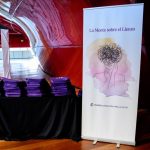
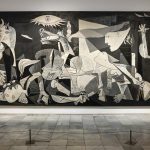
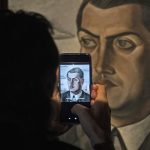
The objective of the meeting organized by the Viatris Foundation has been to connect art with mental health, opening new avenues for understanding and dialogue around mental disorders.
In this way they have combined artistic analysis with a therapeutic perspective in order to show how these pieces can serve as a means of expression for those facing mental disorders.
The works chosen to comment have been:
- “One World” Holy Angelsanalyzed by Rosa Molina, psychiatrist at the San Carlos Clinical University Hospital in Madrid.
- “Guernica” by Pablo Picassounder the analysis of Eduard Vieta, head of the Psychiatry and Psychology Service at the Hospital Clínic of Barcelona.
- “Guanche Cave” Oscar Dominguezwith the comments of Miquel Roca, Professor of Psychiatry at the University of the Balearic Islands (UIB).
- “The Endless Enigma” Salvador Daliperformed by Dr. Guillermo Lahera, professor of Psychiatry at the University of Alcalá and editor-in-chief of The European Journal of Psychiatry.
- “The Great Crowd” Antonio Sauraanalyzed by Luis Gutiérrez, psychiatrist and professor at the University of Granada.
- “An Andalusian Dog” by Luis Buñuelpresented by Luis Caballero, psychiatrist and professor at the Autonomous University.
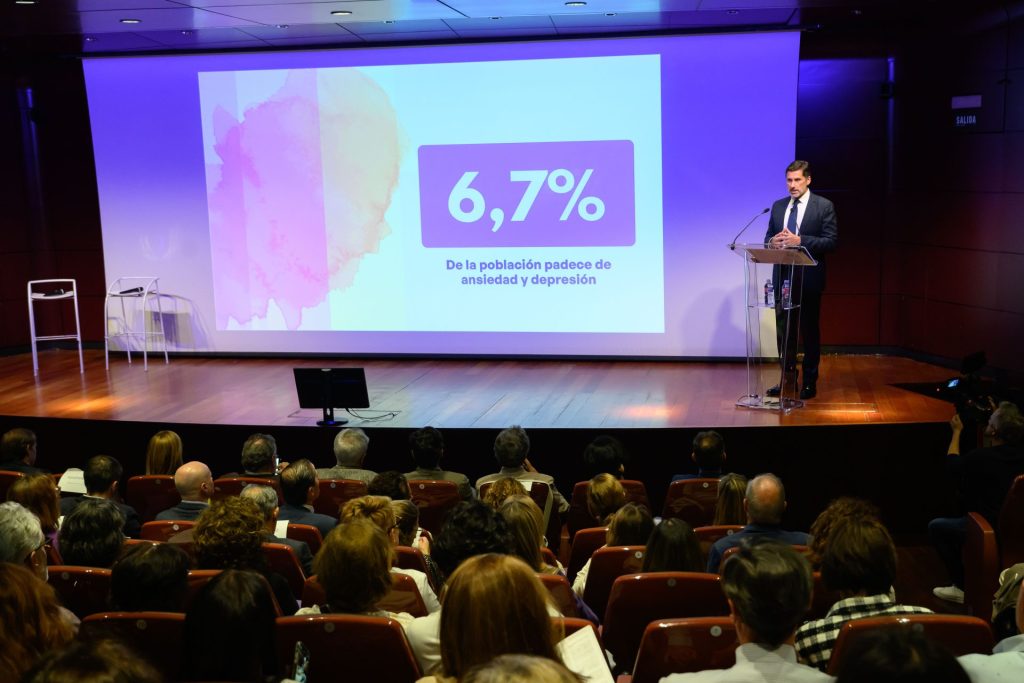

mental disorders
“The mind on the canvas” has the objective of proposing art as an instrument to live with these diseases and make mental health visible, since one in four Spanish citizens will experience a mental disorder throughout their life, according to estimates by the WHO (World Health Organization).
According to the “European Mental Health Study”, 19.5% of Spaniards have experienced some mental disorder in their lives, a figure higher than the European average.
Besides, half of young people between 15 and 19 years old claims to have had some kind of mental health related problemas the Viatris Foundation pointed out during the meeting on art.
“Mental health is a complex and growing challenge. This event reflects our commitment to finding new forms of support by integrating art as a tool of expression. Along these lines, we firmly believe that art can offer people a way to understand and confront their suffering,” explains João Madeira, president of the Viatris Foundation.
In Spain, the main mental illnesses include depression, anxiety disorders, eating disorders, schizophrenia and bipolar disorder, in addition to suicide being the main cause of unnatural death.
“The mind on the canvas”
Each work has served as a starting point to provoke reflection on how art can symbolize deep emotions, life experiences and internal struggles that those who suffer from mental health problems often face, although there are feelings and emotions that are common in both those who suffer from illnesses and who don’t.
“We believe that it is essential to show how art, beyond its artistic value, can be a powerful tool for introspection, emotional relief and creating a space where people can feel understood and supported in their fight against mental disorders. ”, explains the president of the Foundation.
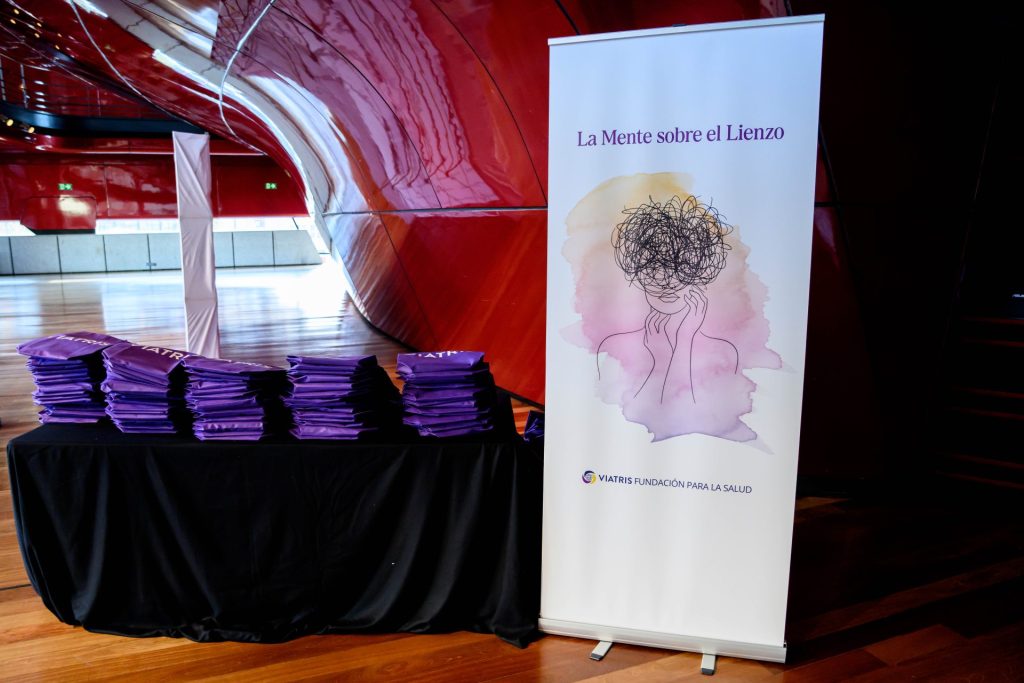

Dr. Miquel Roca emphasizes that This journey through the life and work of artists does not consist of a specific diagnosisthen according to the Goldwater rule of psychiatry American, you should not issue a diagnosis of a public figure unless he or she is your patient and you have his or her specific authorization.
“One world”, Ángeles Santos
In this monumental oil painting, Ángeles Santos (1911-2013) reflected at only 18 years old his disturbing and personal vision of the universe through the rmagical ealism and surrealism.
The painting represents through cubism a allegory of the different phases of life. It is divided into three planes that vertically symbolize an idyllic world, a routine world, and at the bottom, the gloomy night.
The shapes and colors displayed on the canvas, full of mystery and symbolismevoke unknown worlds that seem to arise both from internal emotions and from an unlimited imagination that explores the subconscious.
Dr. Rosa Molina reads the painting as a visual expression of the existential anxietya concept that in psychology and philosophy addresses the fear and anguish that arises when facing fundamental questions about the life, death and meaning of these.
Other elements that Molina observes are the dispersed and separated figures, whose isolation could reflect the feelings of loneliness or emotional disconnection from the world. Furthermore, the contrast of elements can indicate a struggle between vitality and hopelessness in a dystopian world.
Deep reflection on identity reveals feelings in which the “I” fragments and loses cohesion, which is manifested in her internal struggle as a result of the limitations that she had to live as a woman in an environment as hostile as the first half of the 20th century. XX.
“Guernica”, Pablo Picasso
This emblematic work by Picasso (1881-1973) represents people, animals and buildings in the midst of a black and white bombardment through cubism. It reflects in a very tangible way the desperation, helplessness and heartbreak of the civilian victims of the war.
The personality of this artist has been defined numerous times by his extravertivity, impulsivity and narcissism given the frequent and unstable changes of home and partner.
Dr. Eduard Vieta affirms that the painter never showed symptoms of any mental disorder. Even so, if the painting arouses some mental disorder, it could be said that it represents the Acute stress and post-traumatic stress disorder (PTSD).
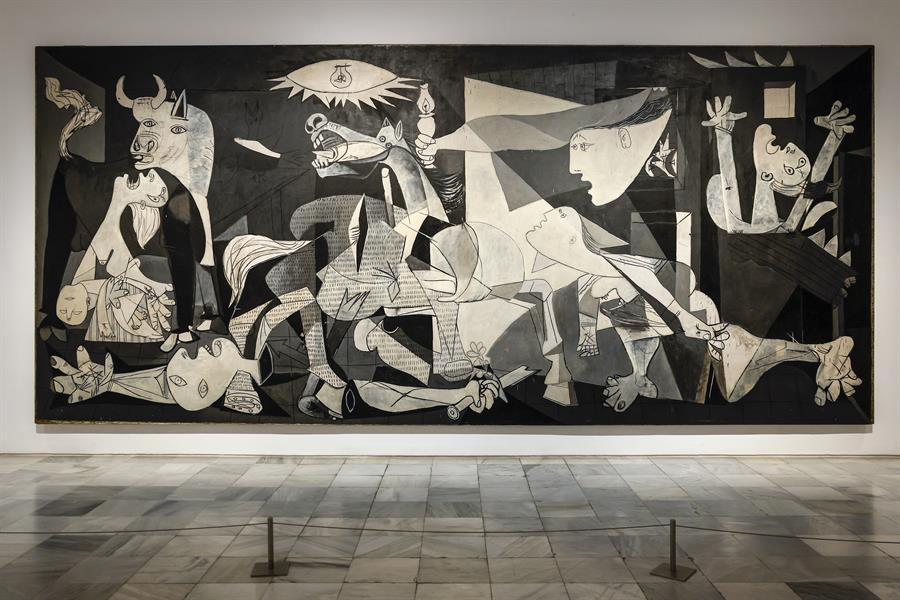

The dissociation and emotional dysregulation They are phenomena that not only appear in PTSD, but in multiple conditions such as Bipolar disorder, schizophrenia, and borderline personality disorder.
“It would be enormously interesting to be able to collect, through neuroimaging in real time, the functional changes of the brain when exposed to the painting. Although art does not need objective measurements, as science does, studying the neuroanatomical, functional and electrophysiological correlates of exposure to a work as impressive as Guernica would be worthy of a doctoral thesis,” explains Dr. Eduard Vieta.
“The great crowd”, Antonio Saura
The Aragonese painter Antonio Saura (1930-1998), captured through an immense triptych of joined canvases that totals five meters wide, a crowd of people through the visual language of figurative abstraction and symbolism.
The painting, full of contrasts, capturesto solitude and communitydeeply human and universal aspects that constitute the identity of the person.
He Dr. Luis Gutiérrez see a vision of man anguished, depressed and lonely. Given a first impression of chaos, the details reveal aggressive and intentional conscious brushstrokes full of meaning.
Luis Gutiérrez does not intend to define Saura’s painting, but simply observes that it is a work whose interpretation will create a different impression in each viewer.
Even so, the doctor affirms that concepts as human as the chaos“the mass man” (idea developed by Ortega y Gasset) and the question of where the individuality of the person in the middle of such a hostile world.
“Cueva de Guanches”, Óscar Domínguez
The versatile Canarian artist Óscar Domínguez (1906-1957) not only dedicated himself to painting but was also a sculptor, illustrator, forger of paintings, lover of Parisian aristocrats and traveler.
He is considered one of the three great surrealists along with Miró and Dalí. Although Freud never wanted to join the surrealist movement, it is very common to find the influence of psychoanalysis in artists like Domínguez, in an attempt to investigation of the subconscious.
“Cueva de Guanches” is an oil painting in several planes. In the upper part there appears a fisherman from whose rod the rest of the painting and a can opener seem to hang. In the subsequent shots figures appear that cannot be distinguished if they are animals or humans.
Doctor Miquel Roca suspects that the artist suffered acromegaly (excess growth hormone), which is reflected in morphological changes in the face, hands and feet.
The limitations inherent to this condition seem to have determined the artist’s life. In fact, the doctor points out that it is likely that one third of patients who suffer from acromegaly paint a picture that expresses depression and anxiety due to the limitations of this disease.
Educated by a maid with a penchant for witchcraft, along with drug consumption in the Parisian environment of the 20th century and the consequences of acromegaly, Óscar Domínguez ended his life early. However, this anguish that is observed in “Cueva de guanches” does not have the last word, since it also reflects a great capacity for seduction and vitalism.
“Enigma without end”, Salvador Dalí
The psychiatrist Guillermo Lahera analyzed “Enigma sin fin” by Salvador Dalí (1904-1989) and highlighted the use of “paranoid-critical method” by the artist to explore the unconscious.
The work, full of ambiguous symbols and distorted figures with a dark and ghostly color range, it is a window to the dreams and obsessions of the painter. Dr. Lahera pointed out that Dalí, through this style surrealimmerses himself in the world of dreams to confront your deepest fears and desires.
According to the analysis, Dalí represents in this work a form of controlled madnesswhat he himself described as the difference between him and a crazy person: “The only difference is that I’m not crazy.”
The artist approached Freud’s psychoanalysis and Lacan’s ideas given his interest in the dreamlike. The psychiatrist Guillermo Lahera also observes a relationship with Hermann Rorschach’s method in the ambiguous and deconstructed figures. In addition, there are multiple symbolic elements such as elephants, columns or the female body…
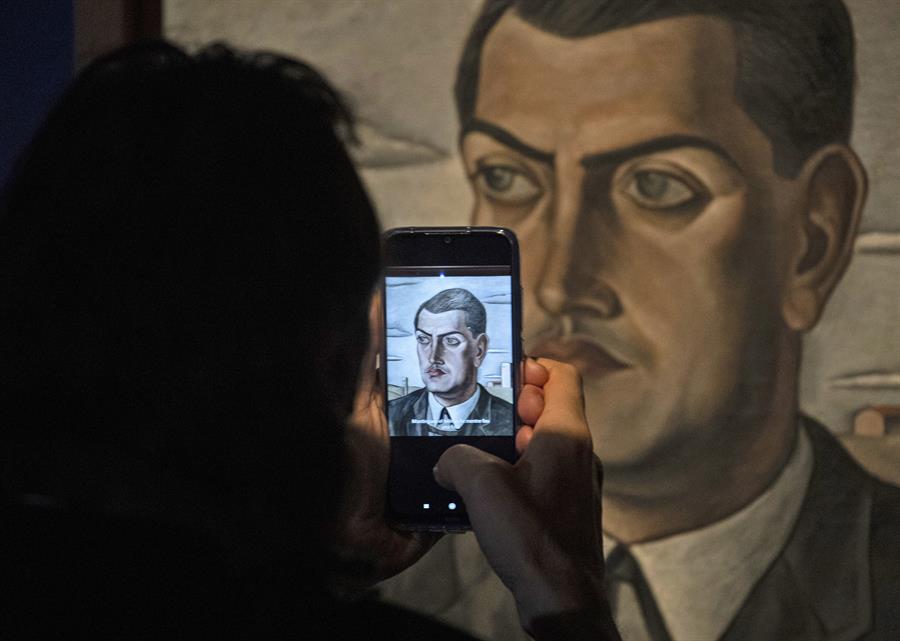

“An Andalusian dog”, Luis Buñuel and Salvador Dalí
This film directed by Luis Buñuel (1900-1983) emerged as a result of the superposition of two dreams: one of Dalí’s and another of his. The only rule that governed the script written by both artists was one: the irrationality devoid of sensitivity.
Dr. Luis Caballero observes this work as an incarnation of the spirit of surrealismwhich shows how the minds of the authors were freed from the restrictions of reason to give free rein to their deepest desires and fears.
These fears and desires are found in the elements that represent concepts such as repression of desire, fetishism, the pleasure of mystery, castration, putrefaction, instinctivity, eroticism and death.
In short, the doctor observes that Buñuel’s art, with its sequence dreamlike and the rupture of any traditional narrative logic, reflects the complexity of the unconscious and the internal struggle between repression and emotional freedomwhich has a close relationship with mental health.